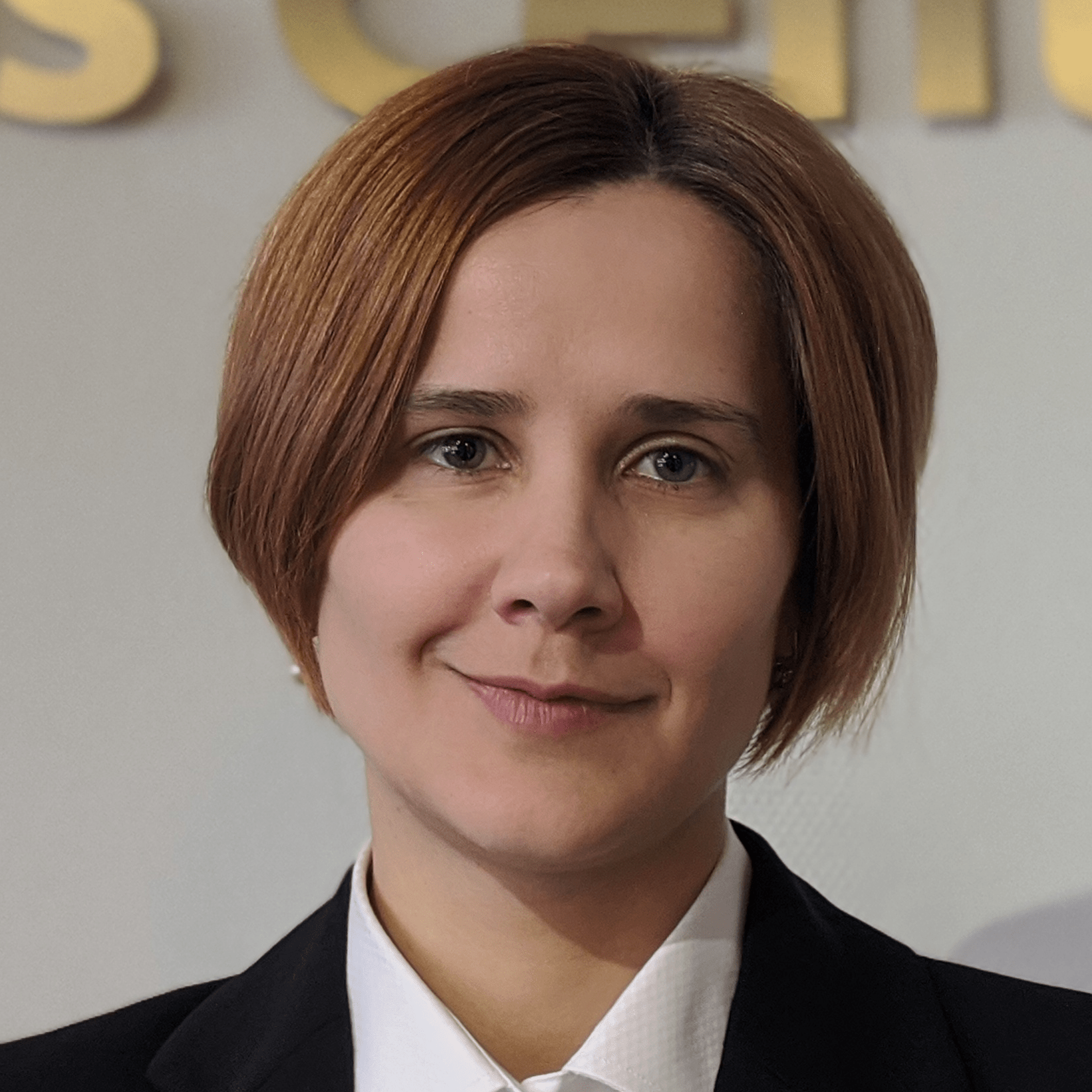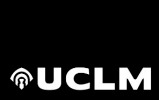

Controlling COVID-19 with Vaccination: Lessons Learned and Open Questions
- Tuesday
- Building 5 Paraninfo (Envases de Cartón)
- 8:45 - 9:45
Vaccination is the main pharmaceutical intervention to reduce COVID-19 hospitalizations. I will present an assessment of the impact of SARS-CoV-2 vaccination strategies during the pandemic and in the post-pandemic period. The quick development and rollout of vaccines around the world opened possibilities for relaxing non-pharmaceutical interventions during the pandemic, but it was only with the large-scale rollout of vaccination that effective control of COVID-19 transmission was achieved. In the post-pandemic period, SARS-CoV-2 infection causes common cold- or flu-like illness in most individuals, but patients with chronic conditions still experience a higher chance of COVID-19 hospitalization. It is crucial to estimate COVID-19 burden in chronic patients and to determine how best to protect them from severe COVID-19. I will consider several age-structured models that have been fitted to age-specific data sources. The model population is stratified by age, risk due to chronic conditions, and immunity level. To stratify the population into risk groups due to pre-existing chronic conditions (low-, moderate-, and high-risk), I will compare the European classification by the European Centre for Disease Prevention and Control and the national classifications by the public health institutes in individual European countries. I will consider several strategies, namely vaccination of high-risk individuals, high- and moderate-risk individuals, individuals above 60 or 80 years old, and combinations of these strategies. I will discuss how best vaccination strategies differ depending on the metrics used for their evaluation: 1) maximum vaccination impact as quantified by the reduction in the number of hospitalizations due to vaccination; 2) maximum vaccination effectiveness as quantified by the number needed to vaccinate to prevent one hospitalization.
Acknowledgements
GR was supported by Fundação para a Ciência e a Tecnologia project 2022.01448.PTDC, DOI 10.54499/2022.01448.PTDC and by UIDB/04046/ 2020 (DOI: 10.54499/UIDB/04046/2020) and UIDP/04046/2020 (DOI: 10.54499/UIDP/04046/2020) Centre grants from the Fundação para a Ciência e a Tecnologia, Portugal (to BioISI). GR, IW, AdB, AL, OB, JB, FP, MSvdL, MK, and JvdW were supported by ZonMw project (10430362220002). GR, IW, AL, and PB were supported by the VERDI project (101045989), funded by the European Union. Views and opinions expressed are however those of the author(s) only and do not necessarily reflect those of the European Union or the Health and Digital Executive Agency. Neither the European Union nor the granting authority can be held responsible for them.




